Car enthusiasts often find themselves walking a fine line between personalizing their vehicles and adhering to legal standards. The allure of certain modifications can be tempting, even when they cross into illegal territory. Some mods not only enhance the aesthetics but also raise eyebrows among law enforcement. Here are seven illegal car mods that, despite their appeal, might land you in hot water.
Tinted Windows Beyond Legal Limits

Tinted windows can give a vehicle a sleek, mysterious look while providing privacy and sun protection. However, each state has its own regulations regarding how dark your tints can be. For instance, in California, the front side windows must allow over 70% of light to penetrate. Ignoring these regulations can result in fines and the requirement to remove the tint. Despite these rules, many drivers opt for darker tints to achieve that coveted look.
There are numerous stories online about individuals facing hefty fines for their window tints. While darker tints might seem like a harmless upgrade, they can sometimes obstruct vision and become a safety hazard.
Underglow Lighting Kits

Underglow lights are mesmerizing. They create a floating effect that makes any car look futuristic. Unfortunately, many jurisdictions have strict rules about these lights. In some states, using certain colors, such as blue or red, which are reserved for emergency vehicles, is illegal. The main concern is that these lights can be distracting to other drivers.
Despite the legal risks, underglow kits remain popular among car enthusiasts who want to stand out at night. Various car shows and online videos showcase cars with stunning underglow displays, highlighting both their appeal and the fine line they tread regarding legality.
Loud Aftermarket Exhaust Systems
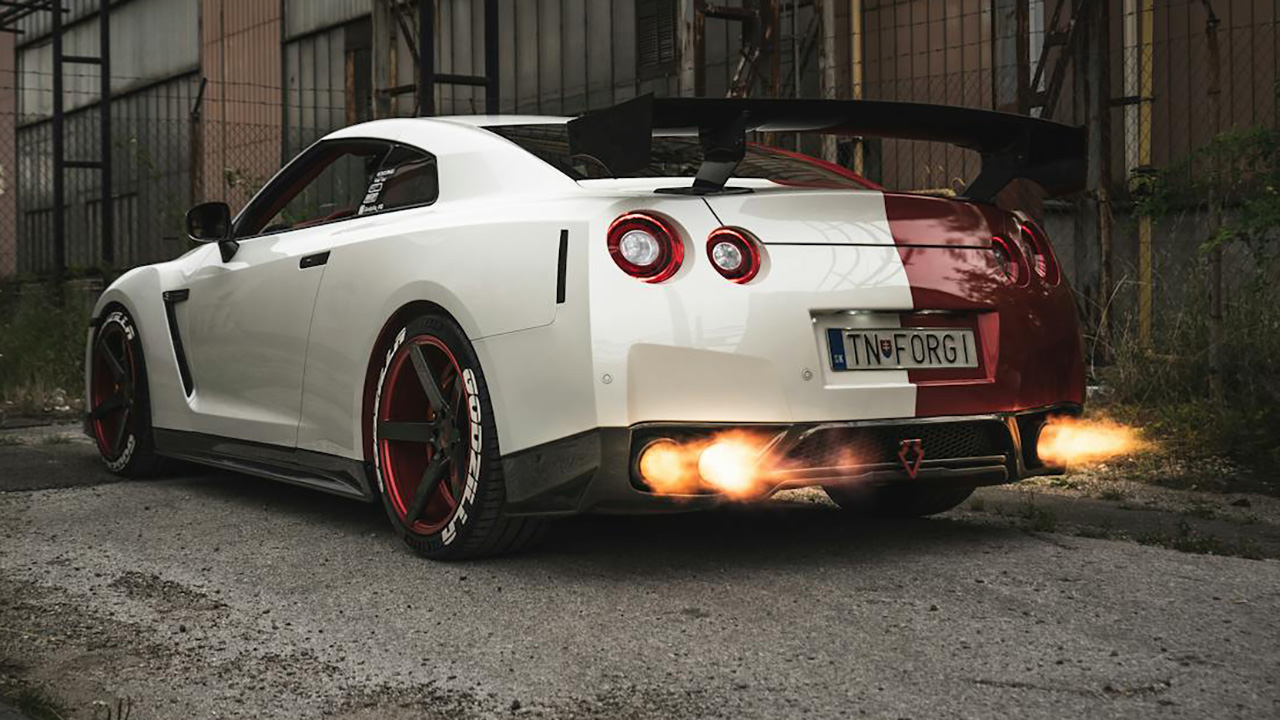
Replacing a factory exhaust with an aftermarket system can drastically alter a car’s sound, giving it a deeper, more aggressive tone. However, many areas have noise ordinances that restrict how loud a vehicle can be. For example, California enforces a strict 95-decibel limit for vehicle exhausts, and exceeding this limit can lead to fines or even mandatory removal of the exhaust system.
While loud exhausts can turn heads and enhance the driving experience, they often draw negative attention from law enforcement. The sound of a roaring engine might be music to some ears, but it can be a nuisance to others, leading to contentious debates about their place on public roads.
Modified HID or LED Headlights
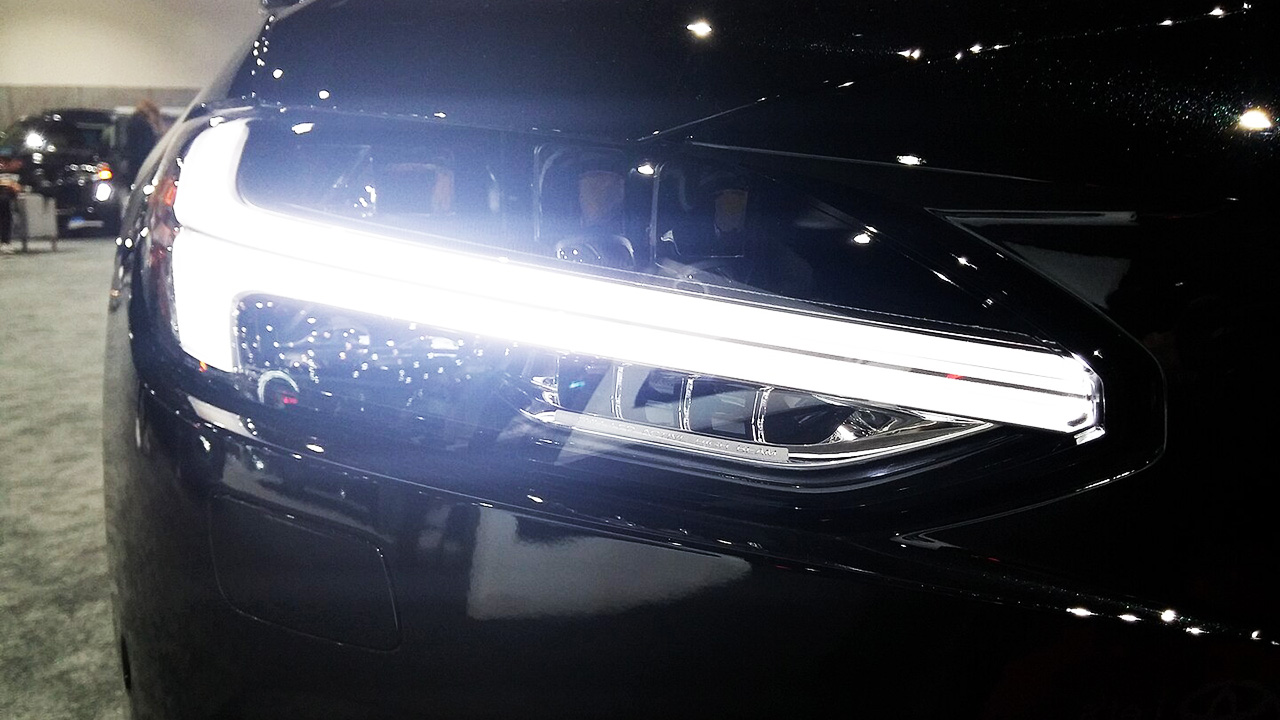
High-Intensity Discharge (HID) and Light Emitting Diode (LED) headlights are popular for their brightness and energy efficiency. However, modifying these lights beyond factory specifications can result in blinding glare for other drivers. Most states have regulations dictating the acceptable brightness and color of headlights.
Many drivers favor the crisp, white light of aftermarket HIDs or LEDs, but improper installation can lead to fines and safety issues.
Illegal Tire and Wheel Modifications
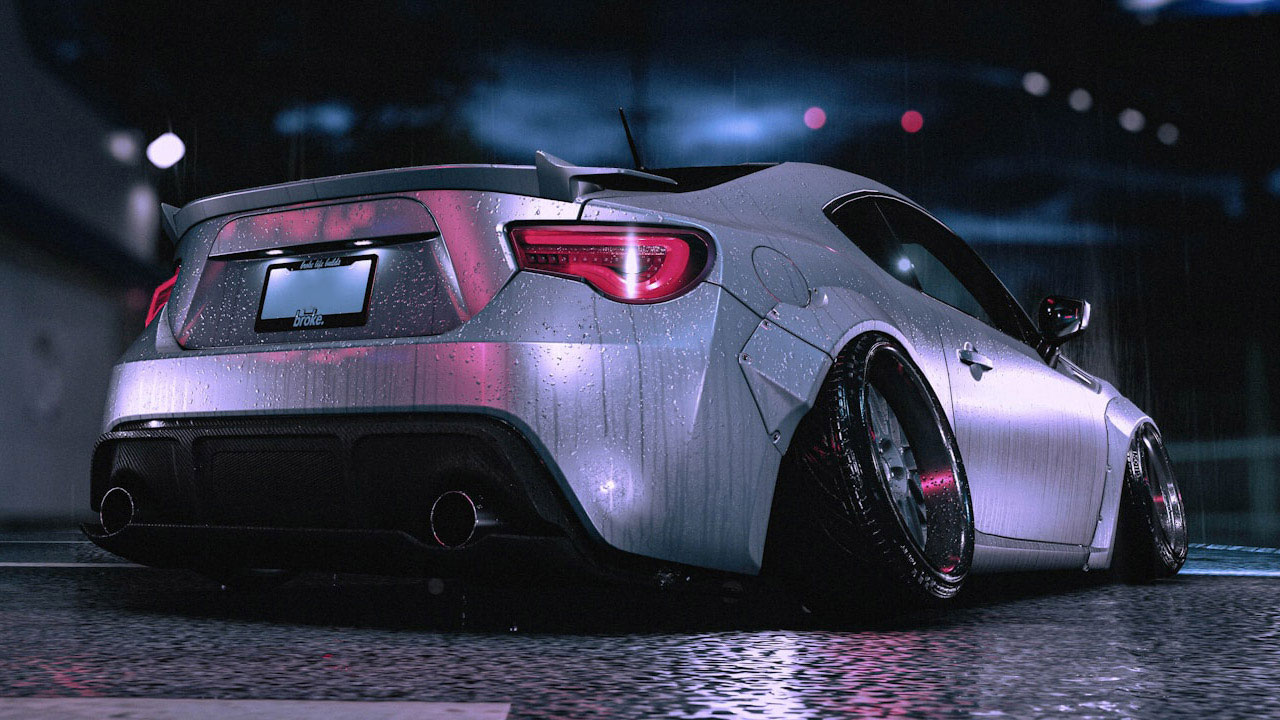
Custom wheels and tires can dramatically change a vehicle’s appearance and performance. However, some modifications, like extreme negative camber or tire stretching, can compromise safety. Many states have rules that tires must not extend beyond the fender or that wheel modifications must meet specific safety standards.
The trend of “stanced” vehicles, which often involves lowering a car and angling the wheels, is popular among enthusiasts. Yet, this style can lead to uneven tire wear and reduced handling capabilities, posing risks to both the driver and others on the road.
Radar Jammers and Scramblers
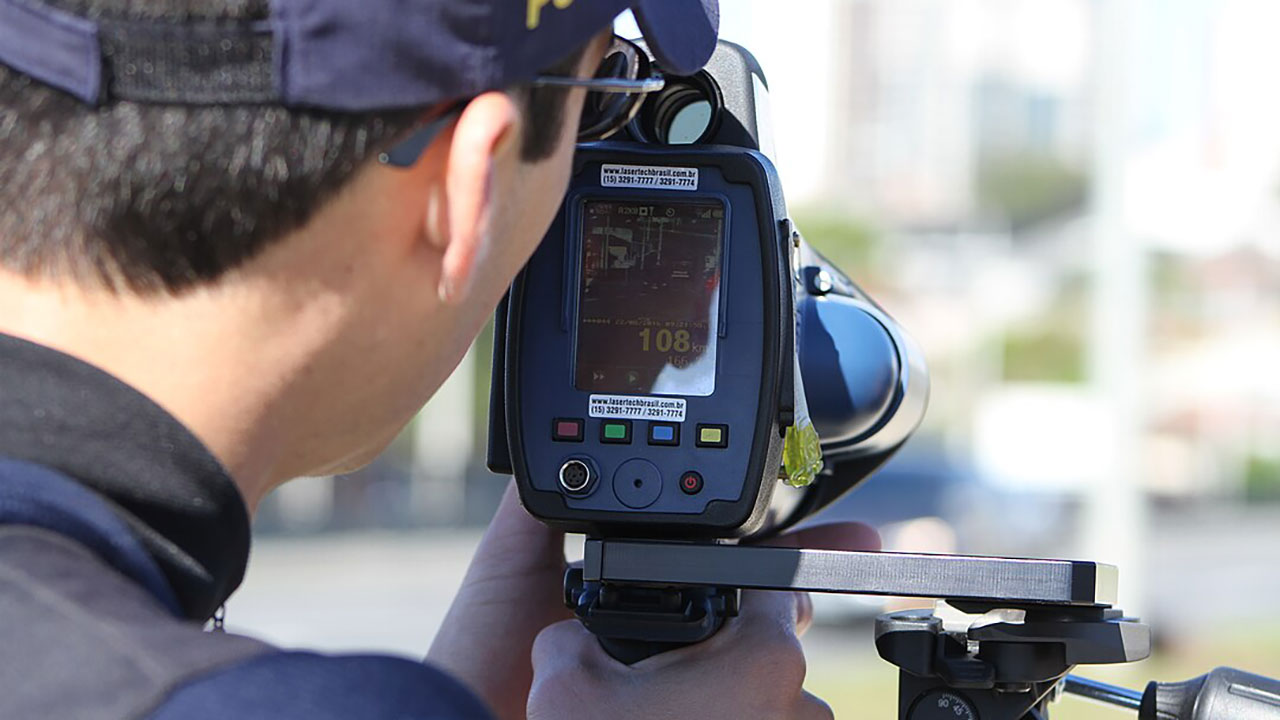
For drivers with a heavy foot, radar jammers and scramblers might seem like a dream come true. These devices interfere with police radar and laser guns, making it harder for law enforcement to measure a vehicle’s speed. However, their use is illegal in most places and can lead to severe penalties if caught.
While radar detectors are legal in many areas, jammers cross the line into illegal territory. Enthusiasts who rely on these gadgets may find themselves in a legal bind, highlighting the ongoing cat-and-mouse game between speeders and law enforcement.
Unauthorized Engine Modifications
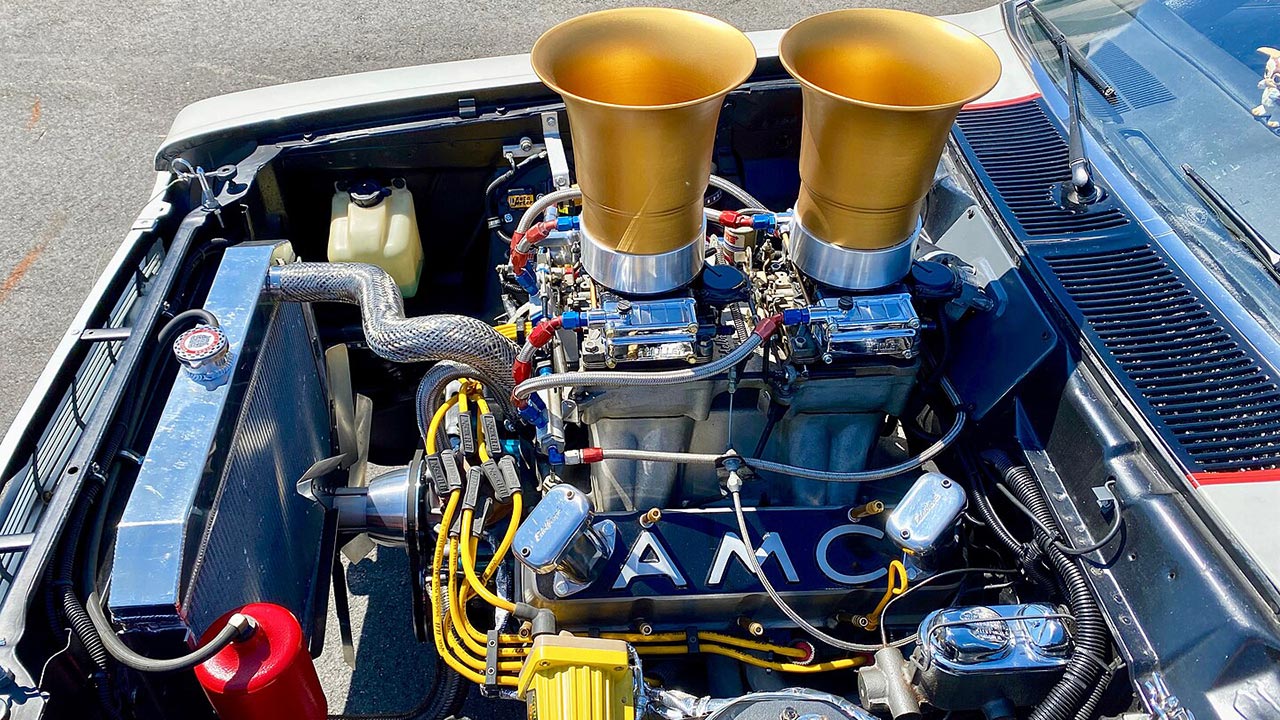
Engine modifications can significantly enhance a car’s performance, but not all are legal. Changes that affect emissions, such as removing catalytic converters or installing certain turbochargers, can violate environmental regulations. The Clean Air Act in the U.S., for instance, mandates that vehicles must meet specific emission standards.
While engine mods can unlock impressive horsepower gains, they can also lead to hefty fines and failed inspections. Enthusiasts often face the dilemma of balancing power with compliance, a challenge that continues to shape the landscape of car modification culture.
Like Fast Lane Only’s content? Be sure to follow us.
Here’s more from us:
*Created with AI assistance and editor review.

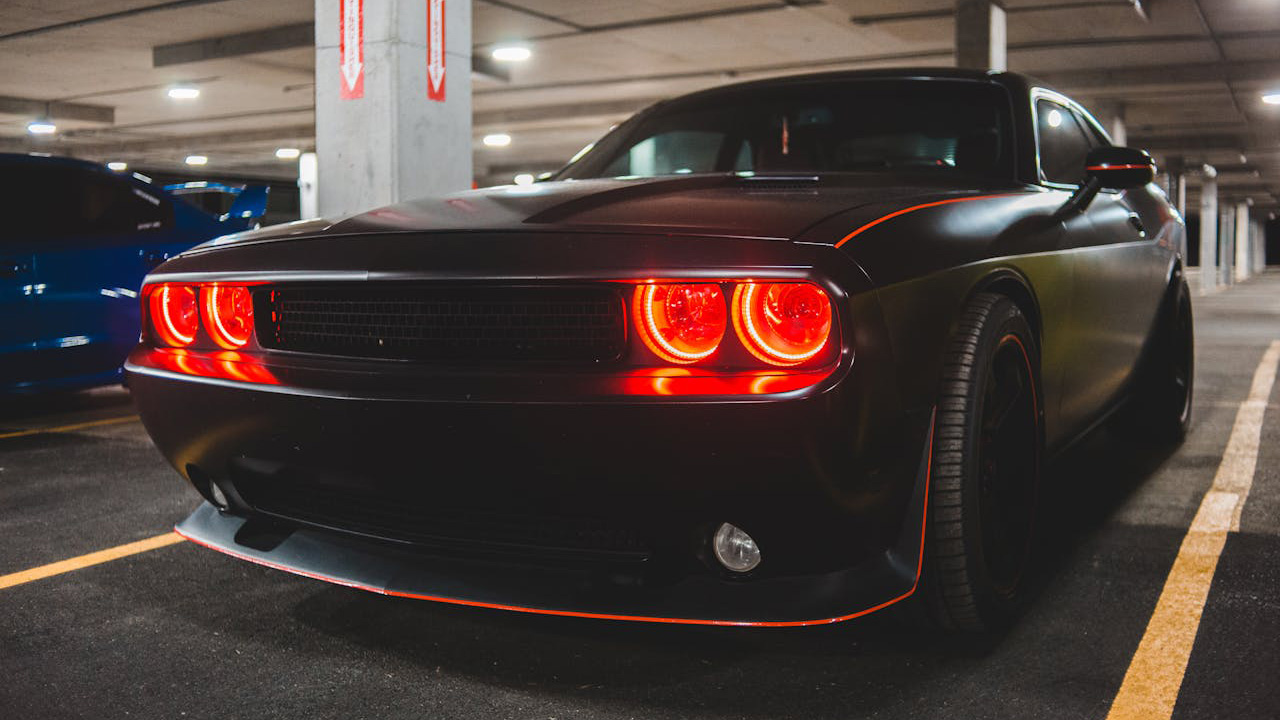


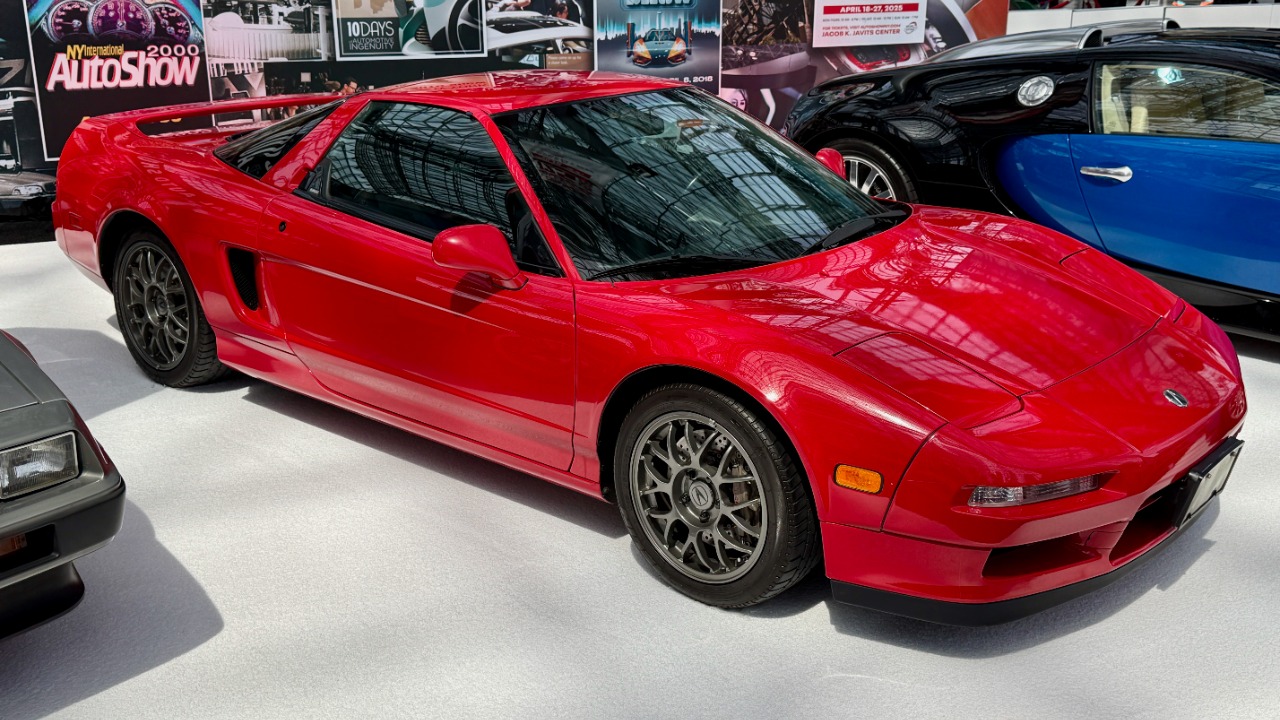
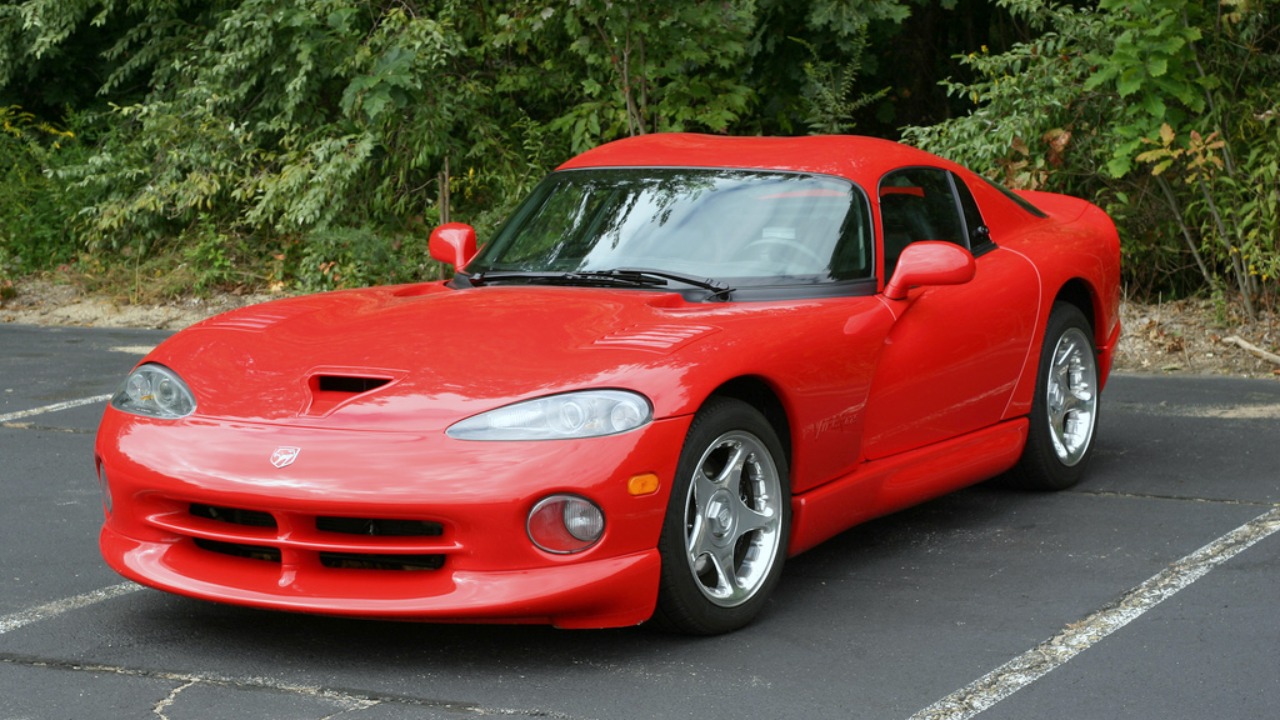

Leave a Reply